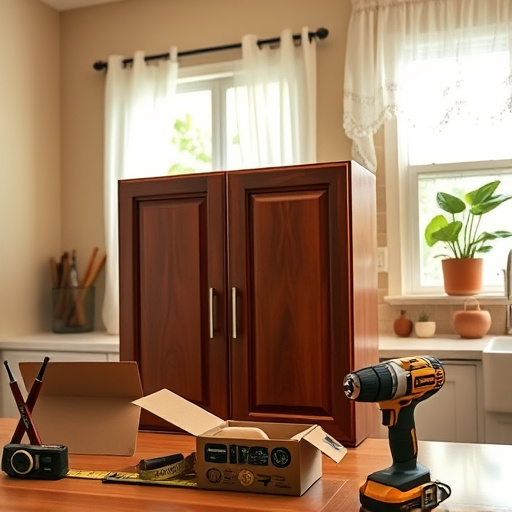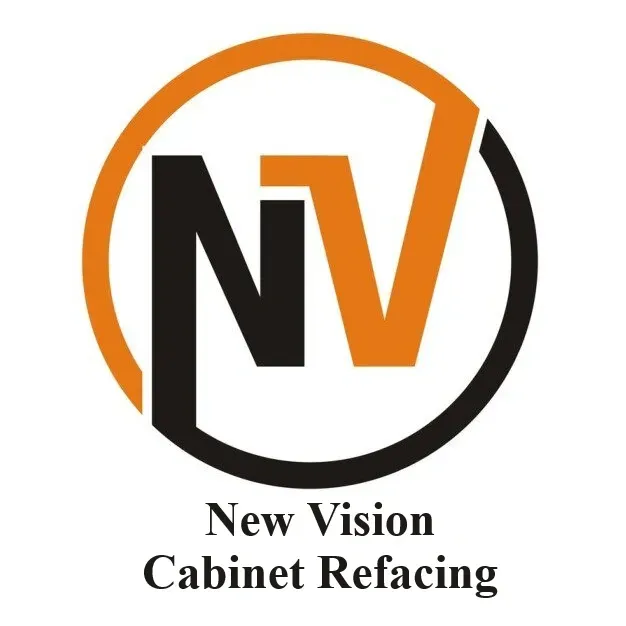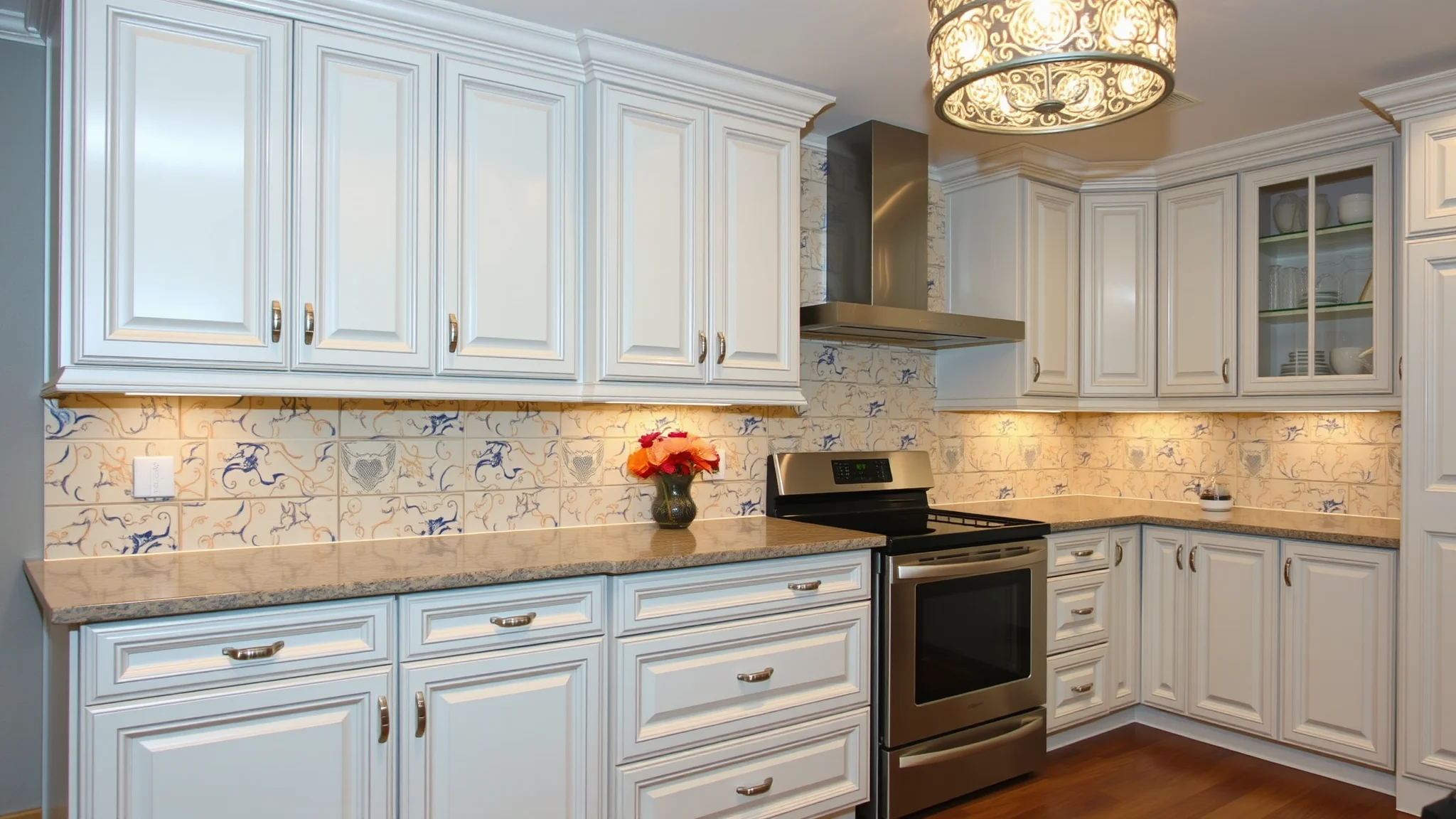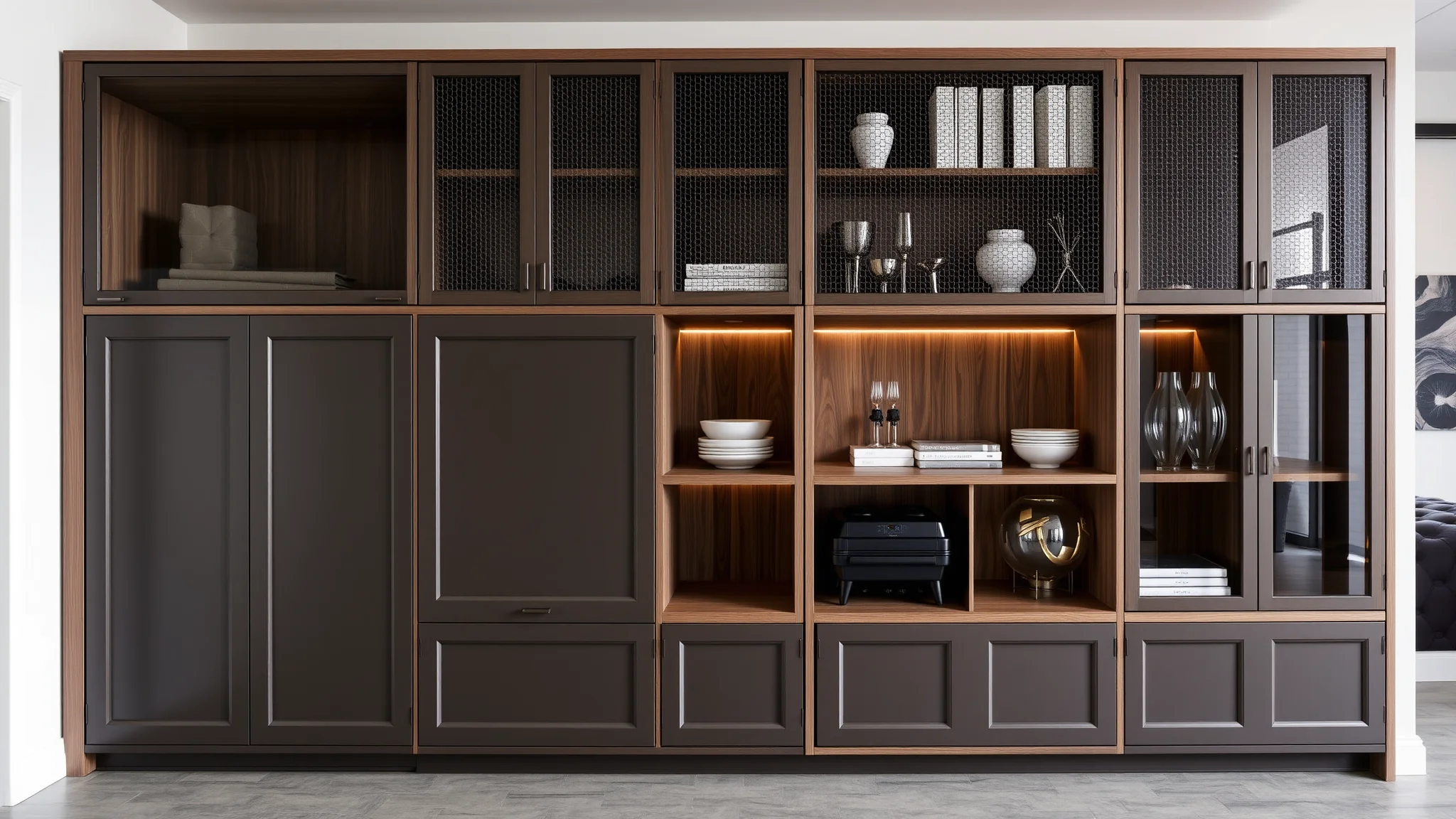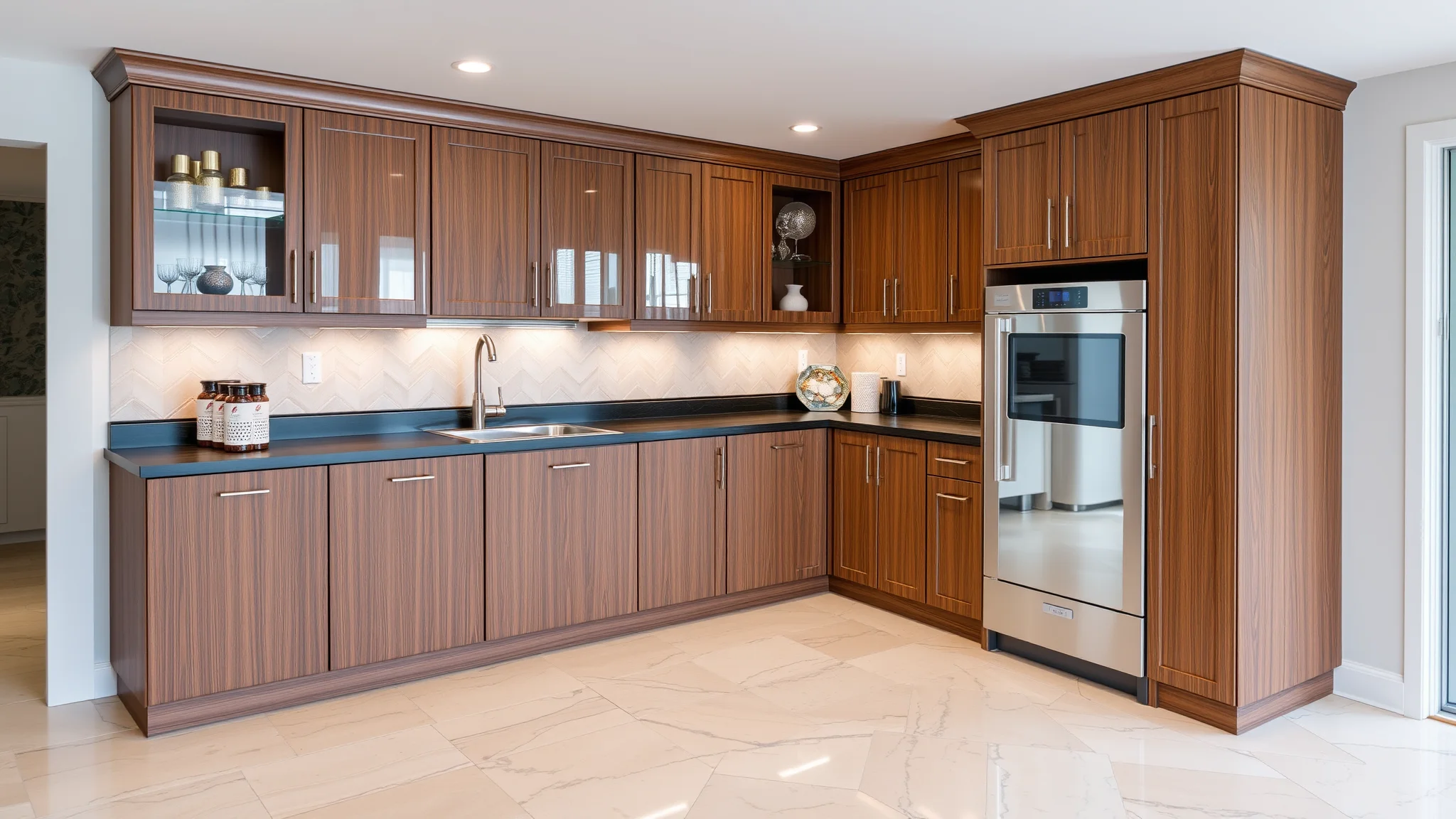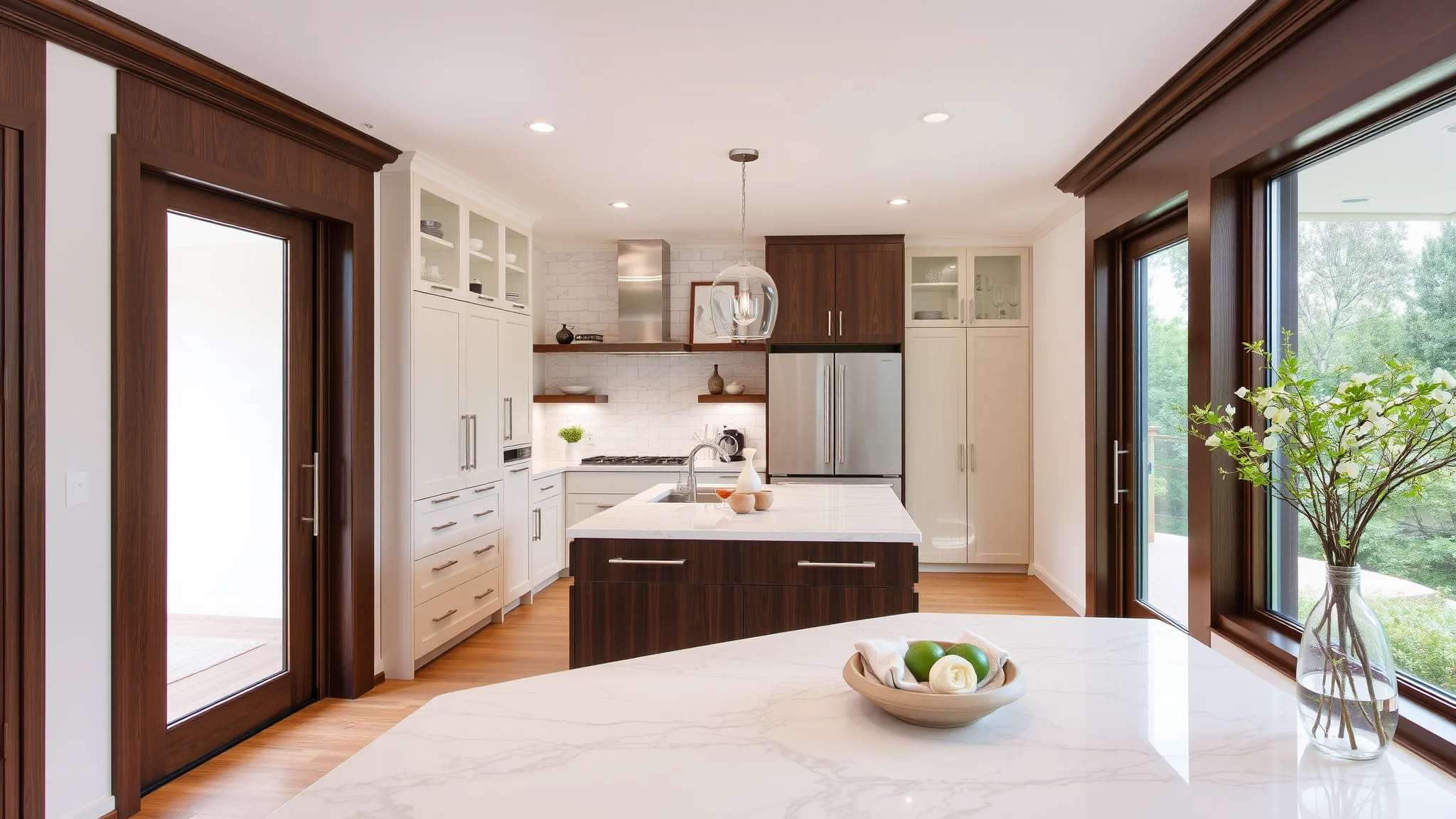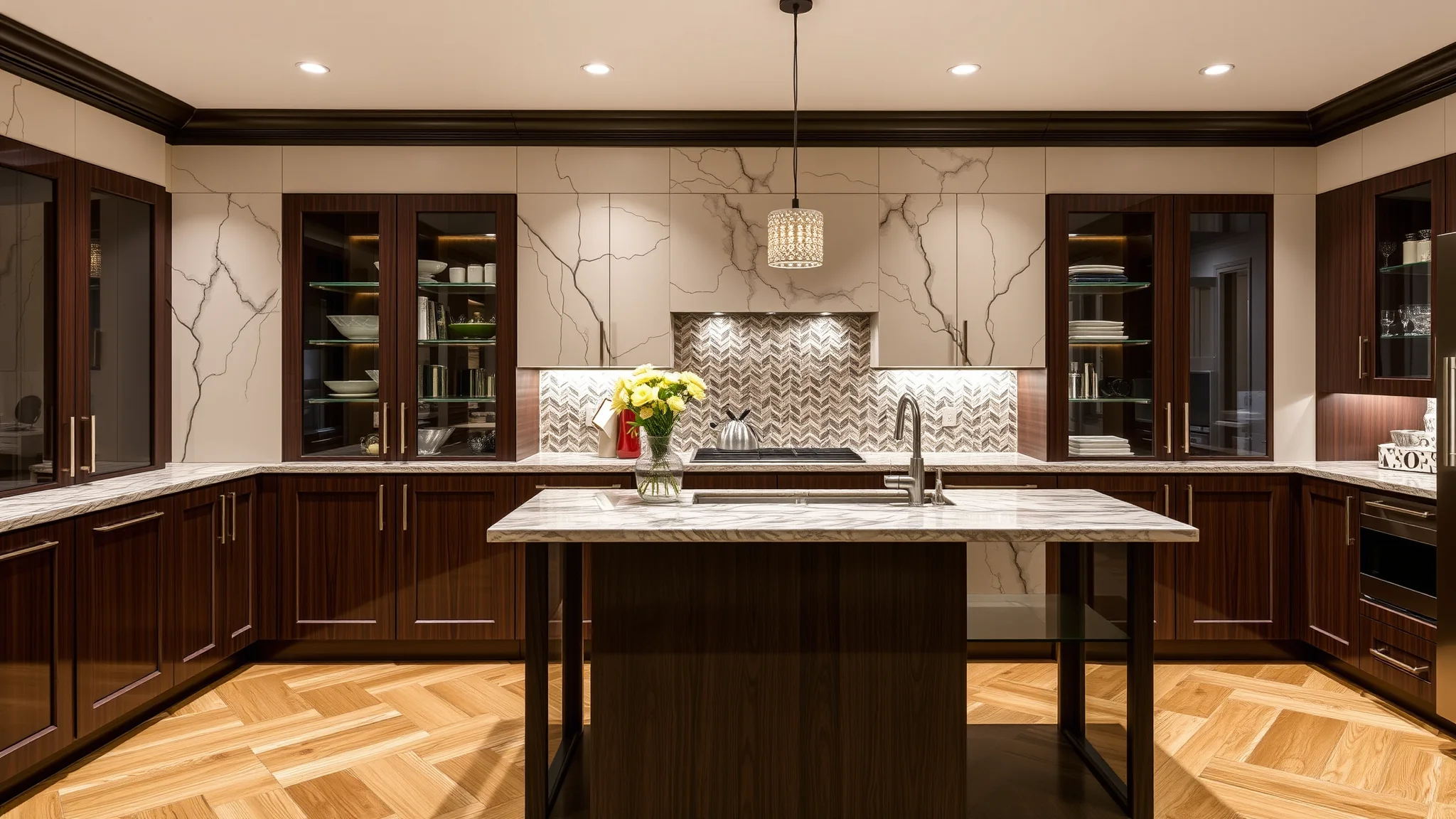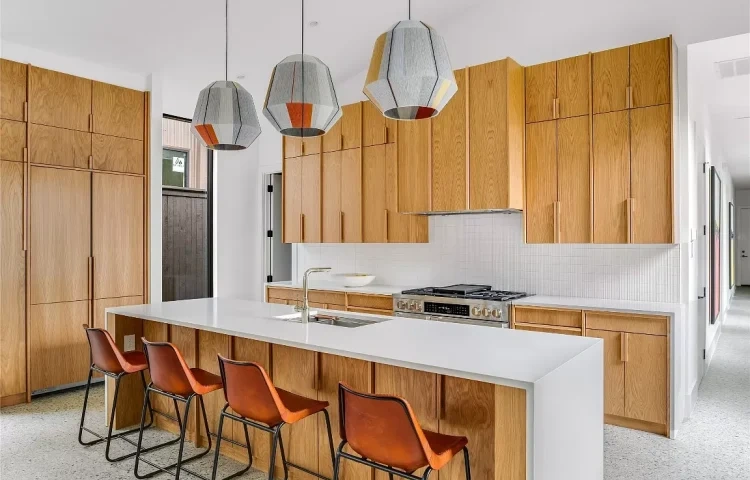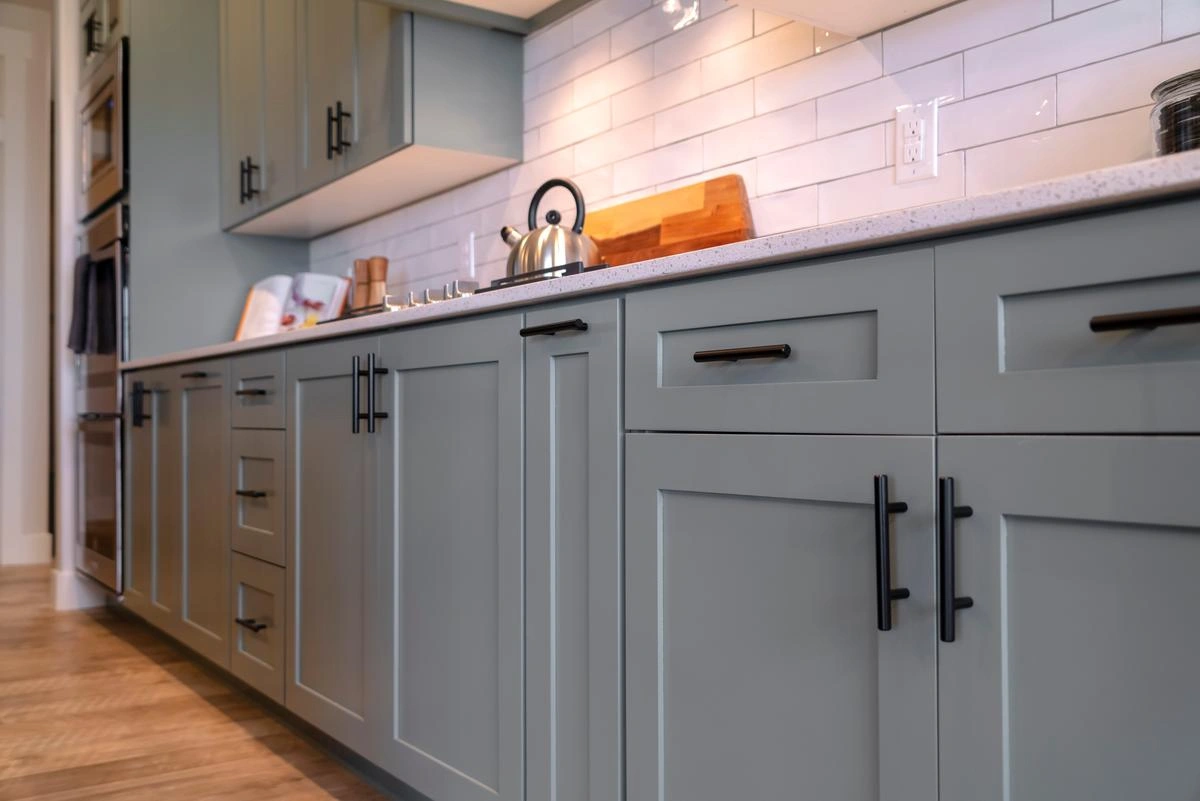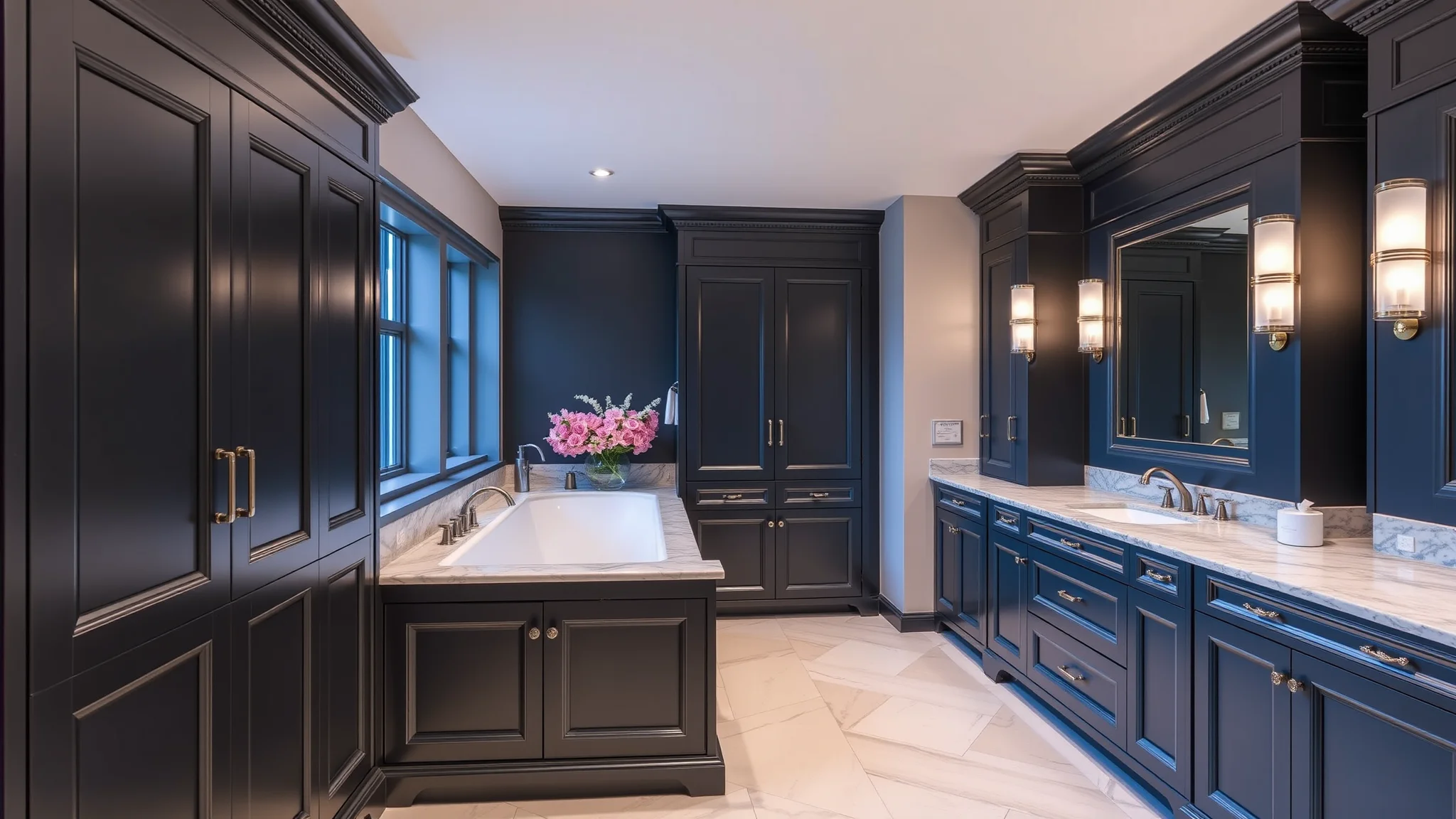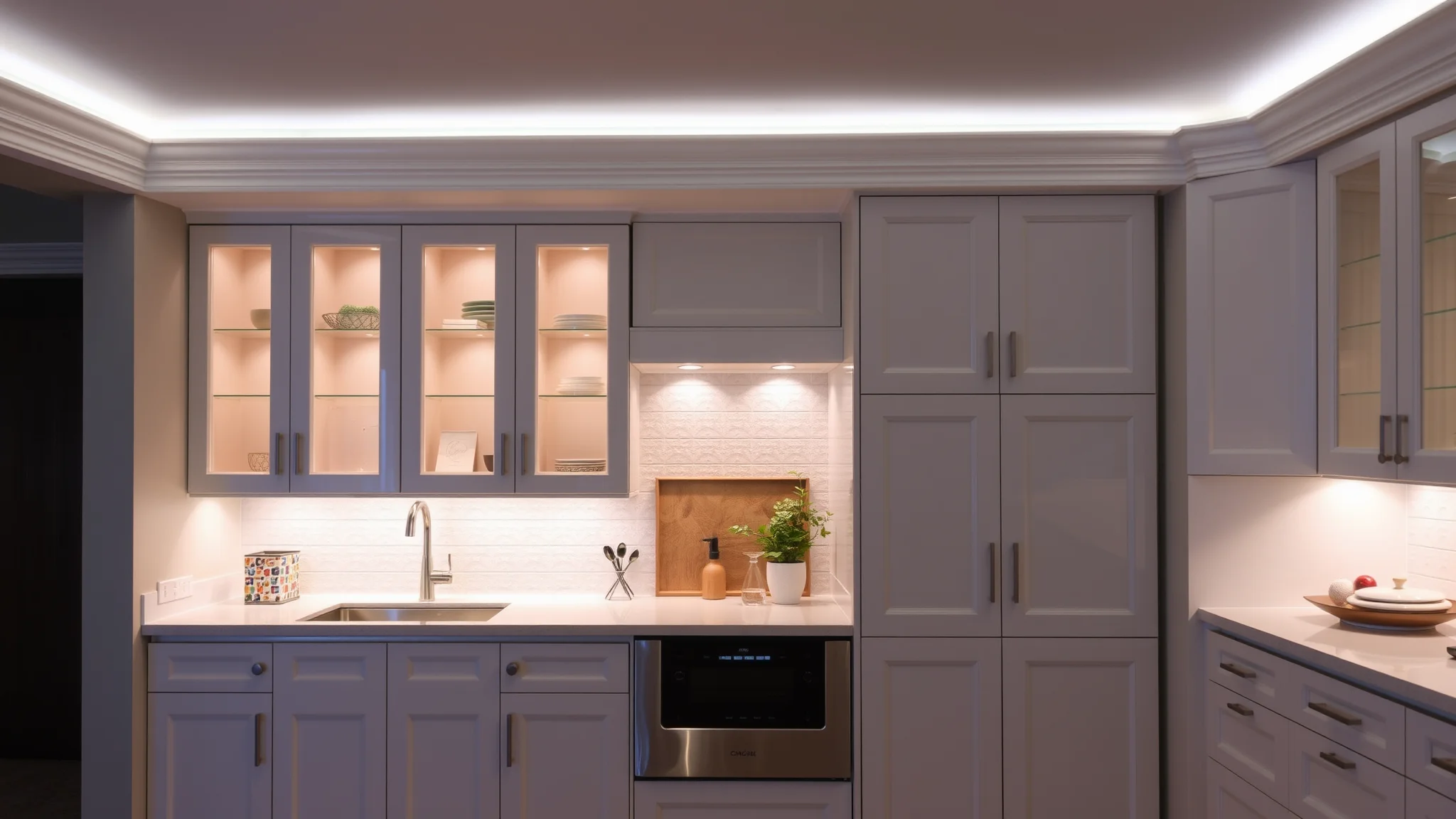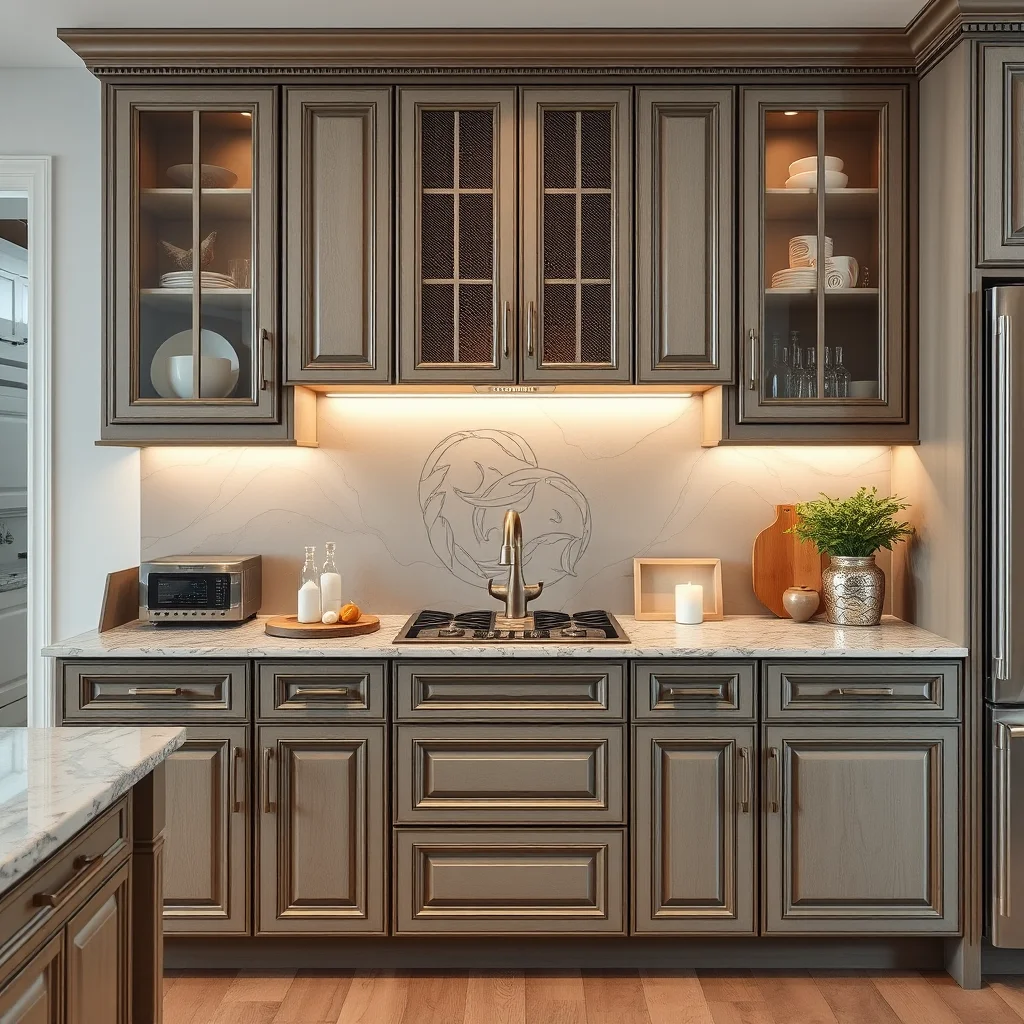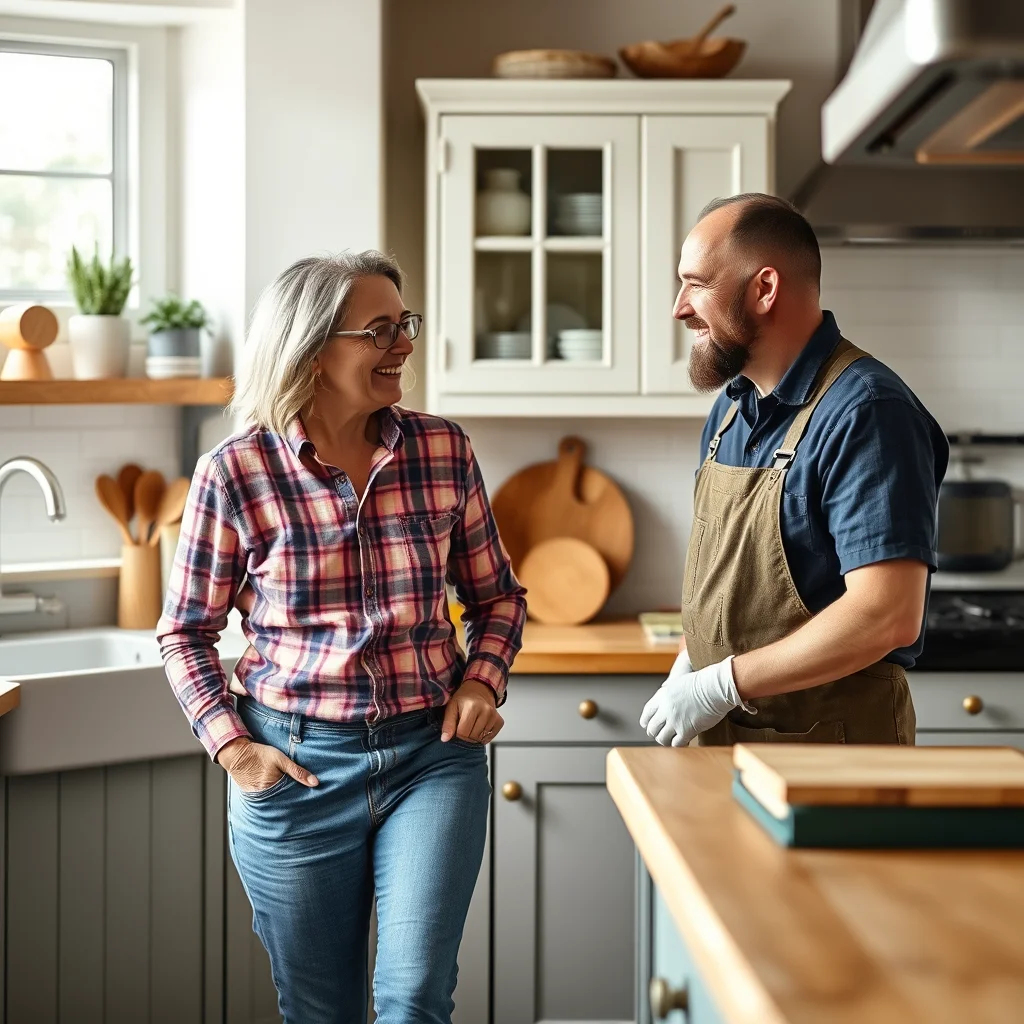How Can You Refinish Kitchen Cabinets Without Sanding for a Sleek, Modern Look?
Refinishing kitchen cabinets is one of the most impactful ways to refresh your entire kitchen without the need for a full renovation. Traditionally, sanding has been a key step in cabinet renovation, but it can be messy, time-consuming, and often requires specialized equipment. Luckily, modern techniques now allow you to learn how to refinish kitchen cabinets without sanding, saving time and effort while achieving a professional, high-quality finish. This guide will walk you through each stage of the process, providing in-depth insights, actionable tips, and answers to common questions.
Why Choose to Refinish Your Cabinets Without Sanding?
Before diving into the process, it’s essential to understand the benefits of refinishing without sanding:
- Time-Saving: Skip the lengthy sanding process and complete your project faster.
- Less Mess: Avoid the dust and debris associated with sanding, creating a cleaner workspace.
- Lower Cost: Reduce expenses by eliminating the need for sanding tools and protective gear.
- Suitable for Various Finishes: Perfect for cabinets with smooth, well-maintained surfaces or existing paint that doesn’t require stripping.
What Supplies Are Needed to Refinish Cabinets Without Sanding?
To embark on your cabinet transformation, gather the following supplies:
- Water-based stain or cabinet paint
- Degreaser or cleaner designed for kitchen surfaces
- Microfiber cloths and sponges
- Painter’s tape and drop cloths
- High-quality brushes and foam rollers
- Clean, lint-free rags
- Sealant or polyurethane (if necessary)
How Do You Prepare Cabinets Properly Before Refinishing?
Preparation is the key to a successful refinishing project. Follow these steps:
How Do I Clean Cabinets Effectively Without Damaging the Surface?
Start by thoroughly cleaning your cabinets with a degreaser or a mixture of warm water and mild dish soap. Remove all grease, grime, and residues that can impede paint adhesion. Use a soft sponge or microfiber cloth to avoid scratches. For stubborn stains, consider applying a gentle abrasive cleaner, but always test on a small area first.
Is It Necessary to Remove Cabinet Doors and Hardware?
Yes. Removing doors, drawers, and hardware will give you easier access and ensure a more uniform finish. You can use https://newvisioncabinets.com/post/how-to-remove-old-cabinet-doors to follow a straightforward process for detaching your cabinet components smoothly.
What Are the Best Techniques for Refinish Kitchen Cabinets Without Sanding?
Several modern methods make it possible to refinish cabinets without sanding. These options focus on surface preparation, application techniques, and finishing products.
Can Primer Be Used to Secure the New Finish?
Absolutely. Using a high-quality primer designed for your cabinet surface can improve adhesion and durability. Look for water-based primers that are easy to work with and environmentally friendly.
What Are the Top Coating Options That Don’t Require Sanding?
Water-based stains and paints are ideal, providing excellent coverage and adhesion without the need for sanding. These products dry quickly, emit low fumes, and are easy to clean up.
How Do You Achieve a Flawless Finish Without Sanding?
Apply your chosen finish with a high-quality brush or foam roller in smooth, even strokes. Follow manufacturer instructions regarding drying times and recoating to prevent drips or uneven textures. Lightly sanding between coats with a fine grit sandpaper (not required for all products) can enhance smoothness if desired.
Are There Special Techniques for Repairing and Priming Without Sanding?
Yes, some tricks can help hide imperfections:
- Pre-clean and prime: Ensures a clean surface for the new coating.
- Use a bonding primer: Particularly effective for glossy surfaces or existing painted cabinets.
- Spot repair: Fill any dents or scratches with a compatible putty or filler before priming.
How Do You Apply the Finish for a Long-Lasting, Beautiful Result?
Application techniques are crucial:
1. Begin with a light coat of water-based stain or paint, using a high-quality brush for detailed areas and a foam roller for flat surfaces.
2. Allow sufficient drying time—check product instructions.
3. Lightly sand with a fine grit (if applicable) to smooth out any uneven areas.
4. Apply additional coats as needed, following the recommended drying times.
5. Finish with a protective sealant or polyurethane if increased durability is required.
What Are the Best Practices for Maintaining Refinished Cabinets?
Proper maintenance extends the life of your DIY refinished cabinets:
- Clean regularly with a soft cloth and mild soap or cleaner.
- Avoid harsh abrasives or aggressive scrubbers.
- Address spills promptly to prevent staining or damage.
- Reapply sealant or polish periodically for added protection.
How Can You Choose the Right Products and Brands for Your Cabinet Refinishing?
Selecting quality products is vital:
- Opt for reputable brands known for durability and ease of use.
- Consider water-based stains and paints for a modern, eco-friendly finish.
- Explore options like top-rated cabinet makers in your area, such as those listed at
top-rated cabinet makers in Douglasville, Georgia.
- For sourcing your materials, check where to buy cabinets locally through
where to buy cabinets in Acworth, Georgia.
What Are Some Mistakes to Avoid When Refinishing Cabinets Without Sanding?
Common pitfalls include:
- Skipping surface cleaning—residual grease or dirt hampers adhesion.
- Using low-quality finish products—these may peel or wear quickly.
- Applying thick coats that lead to drips or uneven texture.
- Rushing the drying process or skipping necessary coats.
- Neglecting proper hardware removal or surface preparation.
Can You Refinish Cabinets That Are Previously Painted or Coated?
Yes. When learning how to refinish kitchen cabinets without sanding, existing paint or coatings that are in good condition can often be refreshed using proper cleaning and adhesion-promoting primers. This approach reduces the need for aggressive stripping or sanding.
Is It Possible to Refinish Cabinets Without Removing or Replacing Hardware?
In some cases, yes—especially if hardware is modern, in good condition, and easy to mask. However, removing hardware often results in a cleaner finish and makes painting or staining easier. For detailed instructions, visit
how to remove old cabinet doors.
Frequently Asked Questions (FAQ)
Can I refinish my cabinets without any sanding at all?
Many modern refinishing products and techniques allow for a no-sanding approach, particularly on smooth, well-maintained surfaces. Proper cleaning and priming are essential, but traditional sanding can often be skipped.
What types of finishes are best for refinishing without sanding?
Water-based paints and stains are the most recommended for this method. They provide strong adhesion, are easy to apply, and clean up easily. Consider exploring
cabinet refinishing with water-based stain for tailored options.
How long does this process typically take?
Depending on the size of your cabinetry and drying times, a DIY project can usually be completed within a few days, with each coat requiring a few hours to dry thoroughly.
Are there any specific brands or products that work best for this method?
Brand recommendations differ based on personal preferences and project specifics. For top options in your area, visit
top-rated cabinet makers in Douglasville, Georgia.
Conclusion: Transform Your Kitchen Effortlessly by Learning How to Refinish Kitchen Cabinets Without Sanding
Refinishing your kitchen cabinets without sanding is an achievable and rewarding DIY project. By understanding the right products, preparation techniques, and application methods, you can create a stunning, modern look that refreshes your space affordably and efficiently. Remember to focus on proper cleaning, choosing quality finishes, and applying them carefully for the best results. With a bit of patience and the right approach, your cabinets will look professionally refinished—ready to impress for years to come.
